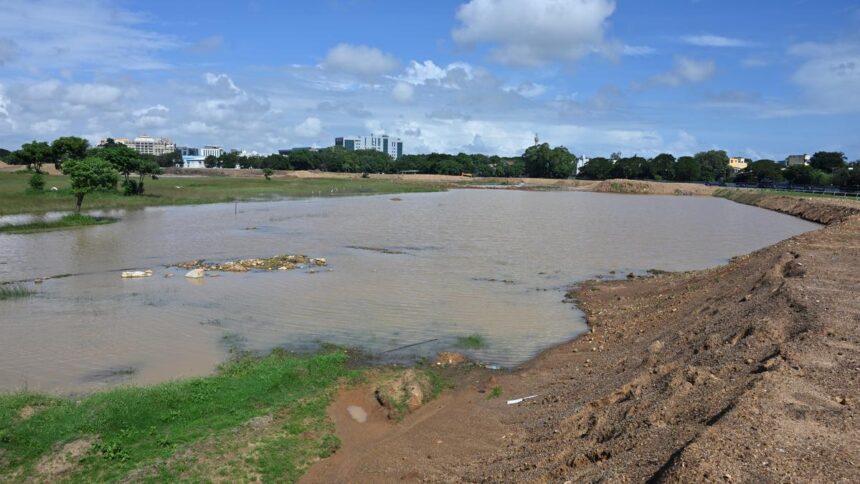The India Meteorological Department (IMD) has refrained from commenting on speculation regarding a harsh winter in 2025-26. However, it has predicted that October may see below-normal maximum (day) temperatures and above-normal minimum (night) temperatures due to widespread above-normal rainfall across most regions of the country.
During a media briefing, IMD Director General Mrutyunjay Mohapatra explained that all indications suggest a delayed withdrawal of the South-West monsoon, with the usual retreat date of October 12 likely to be missed. He noted that above-normal rainfall is expected in October, projected to exceed 115% of the average 7.54 cm.
The onset of the North-East monsoon is closely linked to the final withdrawal of the South-West monsoon, which may also be delayed past its typical schedule of October 15, scientists have stated. Mohapatra highlighted that the South-West monsoon has retreated from most of north-west India, and no further progress in withdrawal is anticipated for at least one week.
Most parts of the country are expected to experience above-normal rainfall during the post-monsoon season from October to December, except for certain states in the north-west meteorological subdivision, including Punjab, Haryana, Rajasthan, and Uttar Pradesh, where below-normal rainfall is predicted.
In South Peninsular India, which encompasses Tamil Nadu, coastal Andhra Pradesh, Rayalaseema, Kerala, and south interior Karnataka, above-normal rainfall is likely (exceeding 112% of the long-term average of 33.41 cm) during the October to December period. However, some districts in southern Tamil Nadu might experience below-normal rainfall.
IMD’s forecast map indicates that several districts in Kerala and parts of south Tamil Nadu may also receive below-normal rainfall in October. In response to a query regarding the forecast for La Nina potentially impacting Indian rainfall and temperature during the winter, Mohapatra noted a 71% chance of La Nina developing between October and December 2025. This phenomenon is expected to be short-lived and could revert to ENSO neutral conditions after January.
He explained that sea surface temperatures in the tropical Pacific are monitored, with values between 0.5°C and -0.5°C designated as ENSO neutral. La Nina occurs when temperatures fall below -0.5°C, while El Nino is recognized when temperatures exceed 0.5°C.
Mohapatra added that negative Indian Ocean Dipole (IOD) conditions are likely to persist during the October to December timeframe. Both positive IOD and La Nina typically contribute to increased rainfall in India, although other factors also play a role.
In a related forecast, the Tamil Nadu Agricultural University (TNAU) anticipates near-normal rainfall for most districts in the state during the North-East monsoon season from October to December 2025. This forecast, produced by the Agro Climate Research Centre of TNAU using Australian Rainman International software, is based on July and August Southern Oscillation Index and sea surface temperature data from the Pacific and Indian Oceans, with a 60% probability level.
The outlook suggests that Salem, Krishnagiri, Dharmapuri, and Karur districts may experience below-normal rainfall with deviations of 11-19% from the long-term average. Conversely, the remaining districts are expected to have normal rainfall, with deviations ranging from 0% to 10%.
District-level projections indicate that Chennai, Coimbatore, Tiruppur, Mayiladuthurai, Nagapattinam, Thiruvallur, and Tiruvarur may receive slightly higher than seasonal average rainfall, while most other districts will remain within the normal range.
To address possible rainfall deficits, TNAU recommends adaptive strategies such as soil moisture conservation, seed hardening, alternate wetting and drying practices in rice cultivation, and the application of crop boosters and foliar nutrition during critical growth stages. Community-level measures, including the renovation of water storage structures and the organization of cattle camps, have also been proposed.
The university stresses that the timely implementation of these practices could help farmers manage water stress and protect crop productivity during the upcoming monsoon season.
Published on September 30, 2025










